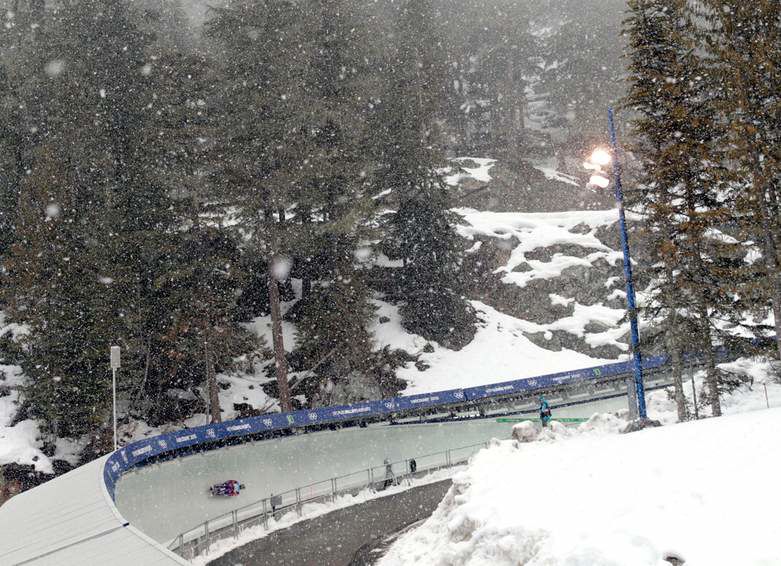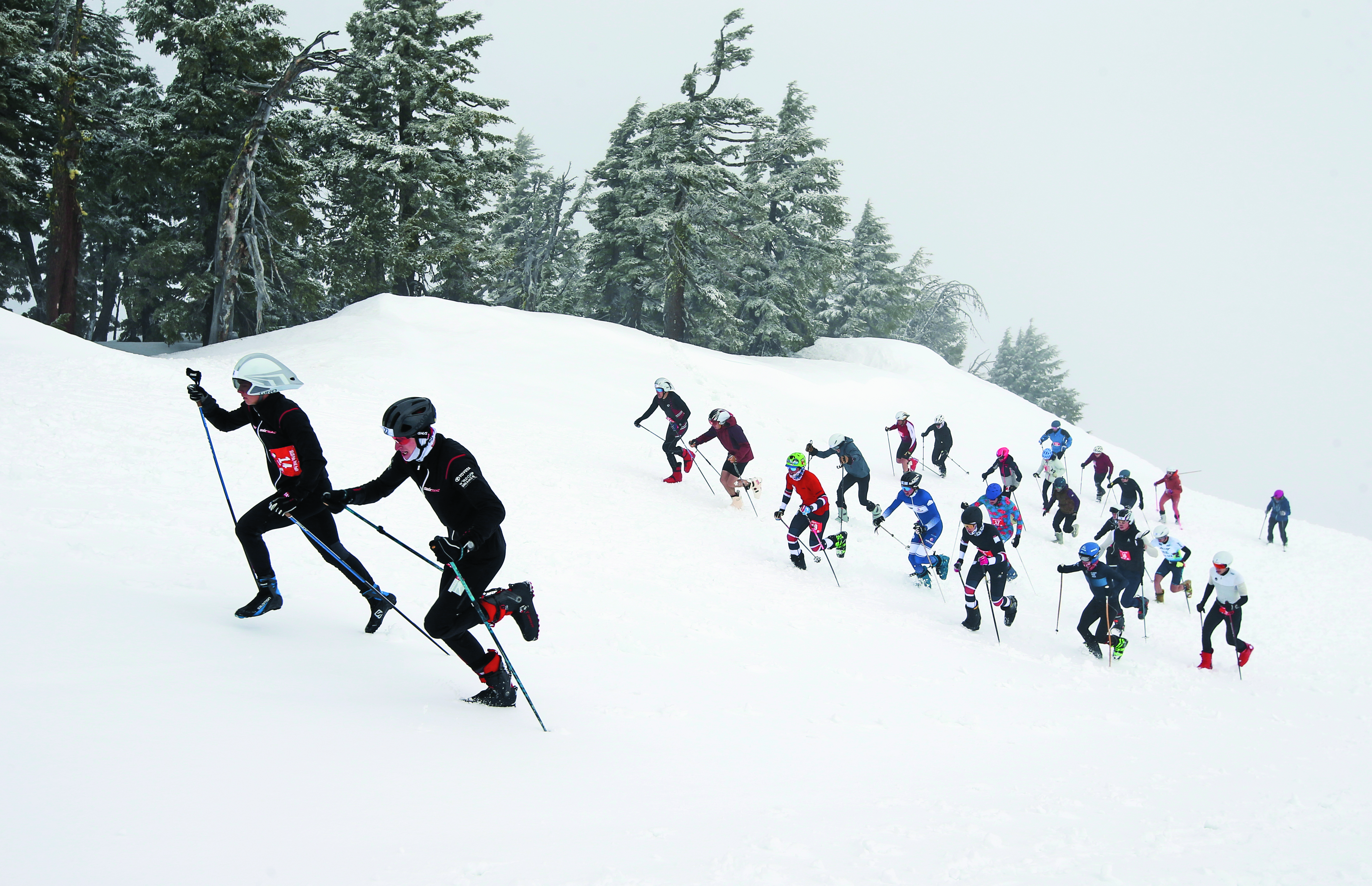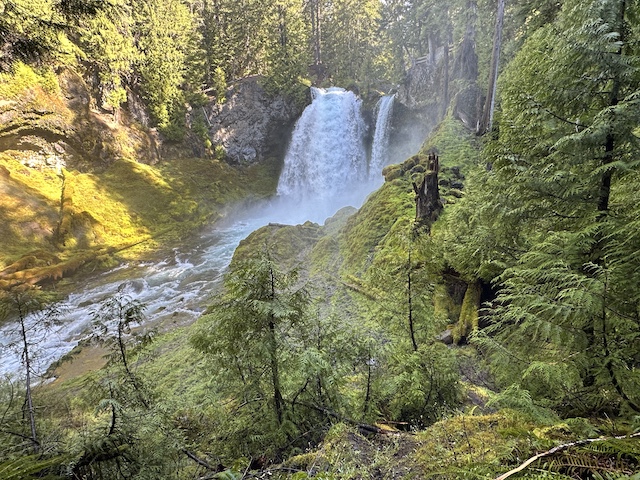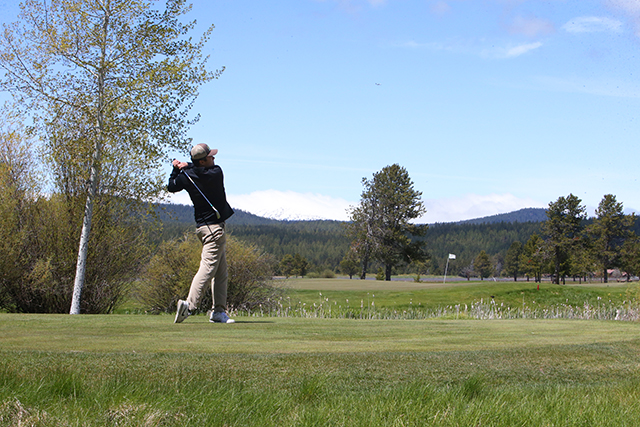Death renews debate over the danger in current games
Published 4:00 am Saturday, February 13, 2010

- The Olympic bobsled, luge and skeleton track, completed in 2007, is considered the fastest in the world and the most prone to crashes. Bobsleds can reach 96 mph on the track, about 10 mph faster than they could go in Salt Lake City in 2002.
VANCOUVER, British Columbia — Nodar Kumaritashvili, the 21-year-old luger who died Friday, was not considered a top competitor here, but his shocking death as organizers prepared to kick off 17 days of Olympic competition added fuel to the growing debate over whether the stretching of boundaries in speed and extreme sports has begun to outstrip the safety measures.
The addition of daredevil extreme sports to the Olympics, combined with advancements that push the limits of speed in more traditional pursuits, have made the games an increasingly high-flying circus featuring, in some cases, pure danger.
Vancouver’s new bobsled, luge and skeleton track, completed late in 2007, is considered the fastest in the world and the most prone to crashes, though nobody had died as a result of a crash there before Friday. International Olympic Committee President Jacques Rogge, who addressed reporters in tears, said an investigation into the cause of the accident had been launched. Training was immediately suspended.
“The IOC is in deep mourning,” Rogge said. “Here you have a young athlete who lost his life pursuing his dream. … I have no words to say what we feel.”
The icy track is hardly the only place risks can be found. Snowboarders will launch themselves in the air off redesigned halfpipes that have increased from 18 to 22 feet for these games. And in the newest sports on the Winter Olympic program, ski cross for this games and snowboardcross in 2006, high-speed collisions are considered common.
“There are horrible accidents and tragedies that happen,” U.S. bobsledder John Napier said Thursday, a day before the fatal accident. “We all know the kind of sport we’re in. … We’re aware of those risks.”
Past tragedies
Winter sports competitions have always brought athletes, high speeds and snow and ice together, occasionally with horrifying or fatal results. More than a half dozen professional skiers or snowboarders have died after accidents on courses, most recently Austria’s Gernot Reinstadler in 1991 and Ulrike Maier in 1994; France’s Regine Cavagnoud in 2001; and Norwegian snowboarder Line Linde Ostvold in 2001. At least four people died on a bobsled track in Lake Placid, N.Y., between 1930 and 1966; and others died on other tracks later. In 2001, Latvia’s Girts Ostenieks was killed while riding head-first on a sled in the sport of skeleton.
There have been three previous athlete deaths at the Olympic Games. Austrian alpine skier Ross Milne died after running into a tree during a training run just before the 1964 Winter Games in Innsbruck, Austria, and British luger Kazimierz Kay-Skrzypecki also died in a training wreck there.
Swiss skier Nicholas Bochatay was killed after crashing into a snow grooming machine during training for the demonstration sport of speed skiing at the 1992 Winter Games in Albertville, France.
U.S. Olympic bobsled driver Mike Kohn said an official described to him this week the feeling of holding a dying bobsled athlete in his arms after a fatal crash in the 1980s.
The deaths have always resulted in increased safety measures: more safety netting, restrictions on course design and equipment modifications. Athletes say they are confident in the safety of the ski and sled courses on which they compete, and they try to focus on their goals rather than the associated risks.
The Whistler track, however, is something new, and a bit frightening.
U.S. men’s bobsled coach Brian Shimer, a five-time Olympian, said bobsleds would achieve speeds of 96 mph at the Whistler Sliding Centre, about 10 mph faster than during the Salt Lake City Olympics in 2002.
“That’s a huge jump,” Shimer said Thursday. “It’s like Usain Bolt breaking the 100-meter world record by a couple of tenths.”
Shimer also said: “This is pushing the envelope. Every Olympic medalist or world champion I can think of (that has competed on the track) has been on his head here. It’s not a given that all you have got to do is push faster than everybody else down the track. You’re definitely going to have the track against you as well.”
The track, athletes say, is not only fast, but also technically challenging.
“It is a dangerous track, and safety is in everybody’s mind,” Napier said.
“It’s going to be difficult to get down, no doubt about that,” world champion driver Steven Holcomb said. “There is no safe line.”
Danger on the slopes, too
The dangers are not confined to bobsled and other sliding sports. A host of athletes competing here had recently shaken off multiple fractures, damaged organs, concussions or gruesome wounds. In other more sobering cases, traumatic injuries this past winter curtailed Olympic hopes completely.
Star U.S. snowboarder Kevin Pearce is still hospitalized with a severe brain injury suffered while attempting a difficult trick in late December. Canadian world champion downhiller John Kucera broke his leg during a race in late November and won’t compete. Swiss alpine ski star Laura Gut dislocated her right hip in a training accident; she also withdrew. U.S. bobsledder Todd Hays suffered bleeding in the brain in a crash that forced him into retirement in December.
“You wouldn’t choose a winter sport unless you had a sense of adventure,” said Ian Chesterman, the chef de mission for the Australian Olympic team. “Nearly every sport you can think of involves an element where serious injury could follow.”
Athletes not only accept the risks, many thrive on them. But several have admitted this week that they are not immune to fear. U.S. snowboarding legend Shaun White said his hands used to shake before he attempted his signature trick known as the Double McTwist 1260, which includes two flips and three twists.
“Fear is part of it and risk is part of it,” said Australian snowboarder Torah Bright, considered a gold-medal contender in the halfpipe. “I wear a helmet because the head is one thing you should keep safe. Everything else, bones, can mend.”
Pearce’s frightening fall, which left him in critical condition, sent shudders through the snowboarding community. Considered a likely gold-medal challenger to White, Pearce hit his head on the halfpipe while attempting one of the “double-cork” tricks that White developed last year and which are now considered a necessity among medal contenders. This month, Pearce was moved to a Denver hospital that specializes in brain injuries and is learning to walk with assistance.
Weeks after Pearce’s accident, White attempted the Double McTwist 1260 during a training session at the Winter X Games but couldn’t pull it off. He landed on his face in a spectacular fall that sent his helmet flying. He received medical attention, but still brought out the trick during the ensuing competition. He landed it and won.
“I don’t think the sport has gotten more dangerous,” White said. “I think it was dangerous to begin with.”
Trying to stay safe
Athletes say researching courses, seeking advice from coaches, staying in peak condition, taking weather conditions into consideration and, above all, competing without hesitation or doubt help ensure safe runs. Even so, accidents remain commonplace. U.S. short track skater J.R. Celski sliced his leg open with his own skate blade during a fall at the U.S. Olympic trials last fall. His U.S. teammate Allison Baver broke her leg in four places during a collision a year ago. Both of Team USA’s men’s ski cross athletes enter the games trying to shake off injuries: Daron Rahlves is recovering from a dislocated his hip; Casey Puckett has a separated shoulder.
“We’re just trying to get down the course in one piece,” U.S. snowboardcross gold-medal favorite Nate Holland. “You definitely have got to put yourself in harm’s way to do well.”
U.S. ski star Lindsey Vonn’s quest for five Olympic medals took a hit when she injured her shin during a slalom training run last week. To enhance her speed, Vonn uses men’s skis, which are heavier and, if one is strong enough to direct them, faster. Other top women have begun to follow suit, and skiers constantly seek heightened speed through waxing techniques and technological aids.
“When Michael Phelps dives into a pool, he knows how long the pool is, what the temperature of the water is, and when he has to make a turn,” said Tom Kelly, communications director for the U.S. Ski and Snowboard Association. “We don’t know any of those things. That’s what makes our sport interesting. We thrive on that.”
Despite the risks, many athletes said their sense of adventure and daring couldn’t and shouldn’t be constrained. White said new tricks provided a creative outlet for a creative community of athletes. Restrictions, he said, are not appropriate — at least not yet.
“Obviously, there’s certain ceiling you can hit,” White said, summoning a comparison to another extreme sport in which he competes. “In skateboarding, there’s only so many chairs you can (jump over) before your leg breaks.”






